"Big problems can be resolved through design and creative thinking" say Dezeen Awards judges
With the Dezeen Awards ceremony just six days away, members of the design master jury discuss how this year's shortlist revealed the increasing focus on sustainability in contemporary design.
Industrial designer and jury chair Paul Priestman told Dezeen that creativity can be used to address some of challenges facing the world today.
"To be a designer you have to be an optimist," Priestman said. "I think some of the big problems can be resolved through design and creative thinking and I think it takes people coming together from all different disciplines to solve these problems."
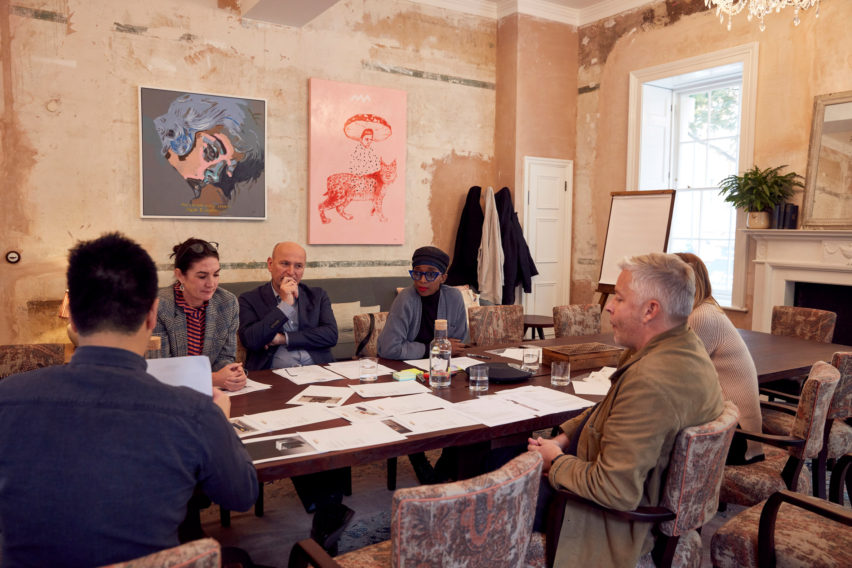
The design master jury consisted of Priestman plus New York lighting designer Bec Brittain, Annica Eklund of Swedish flooring company Bolon, Senegalese fashion designer Selly Raby Kane and former IKEA head of design Marcus Engman.
Brittain added that her own design values influenced the way she approached judging this year's entries to the design categories.
"The design I want to make is a design that lasts for generations and hopefully is wanted and kept around," she said.
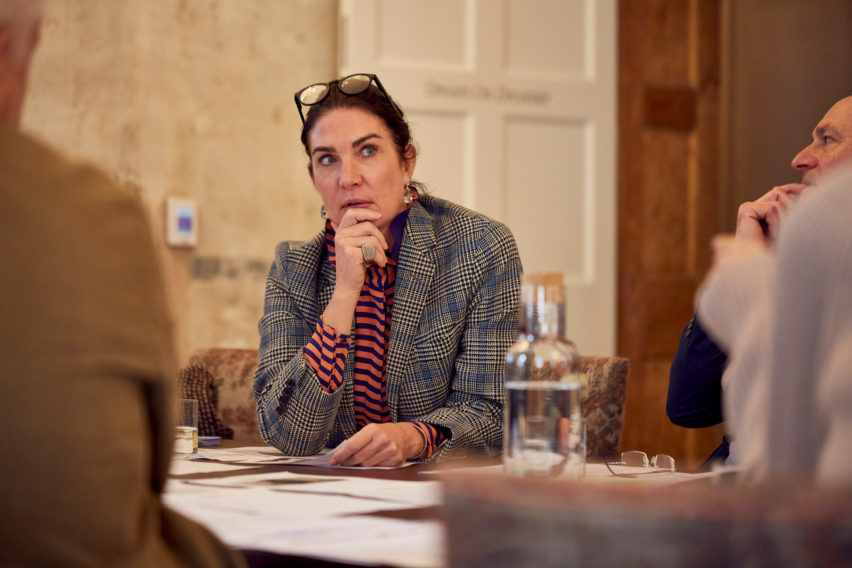
Eklund, whose company Bolon places high value on recyclability and sustainability, stated that an object's impact on the environment should be taken into account during the design process.
"Design is so much more than just beauty," she said. "We need to take a responsibility that design includes sustainability."
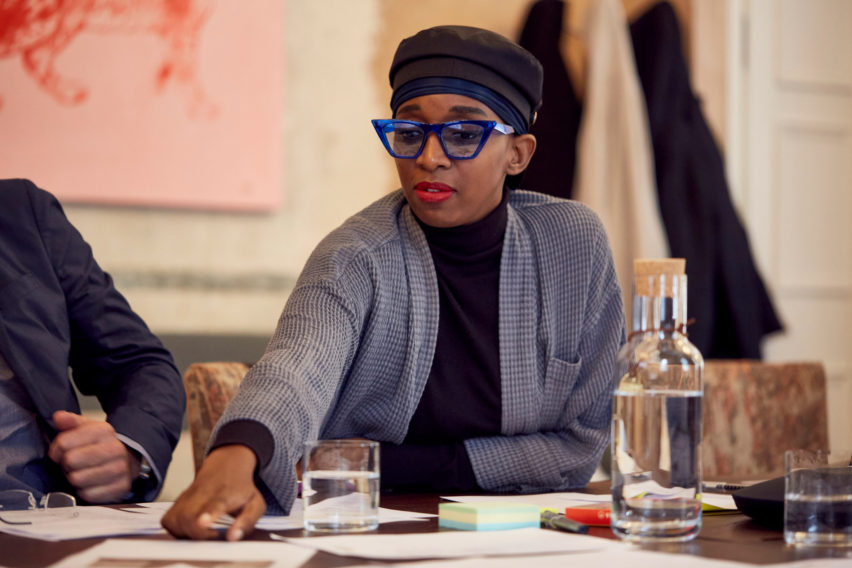
Raby Kane stressed the potential of design in helping to limit waste in cities with reference to her hometown of Dakar.
"In Senegal, in Dakar specifically, I think it's really important to think about the waste produced inside of the city and how we can transform it," she said. "The city is growing massively and I think design can help to find solutions."
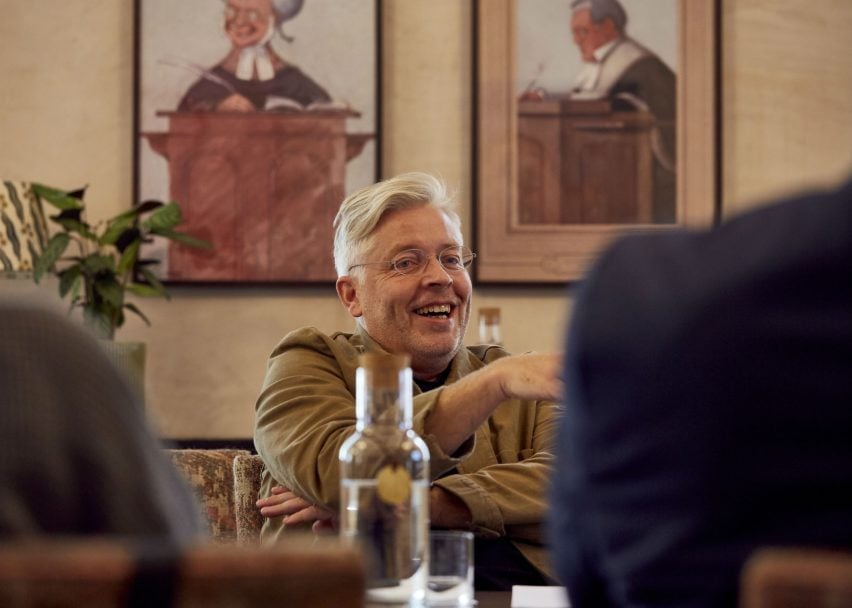
Engman stated that the sharing economy is having a big impact on future generations of designers and the kind of projects they produce.
"One of the big things right now is actually the question of ownership," Engman said. "The young people of today don't want to own stuff, they want to use stuff and that's going to change the design industry a lot."
Engman speculated whether these changes will drive consumers to make more sustainable choices. "Then you can make other choices and I think those choices might be better for the world," he said.
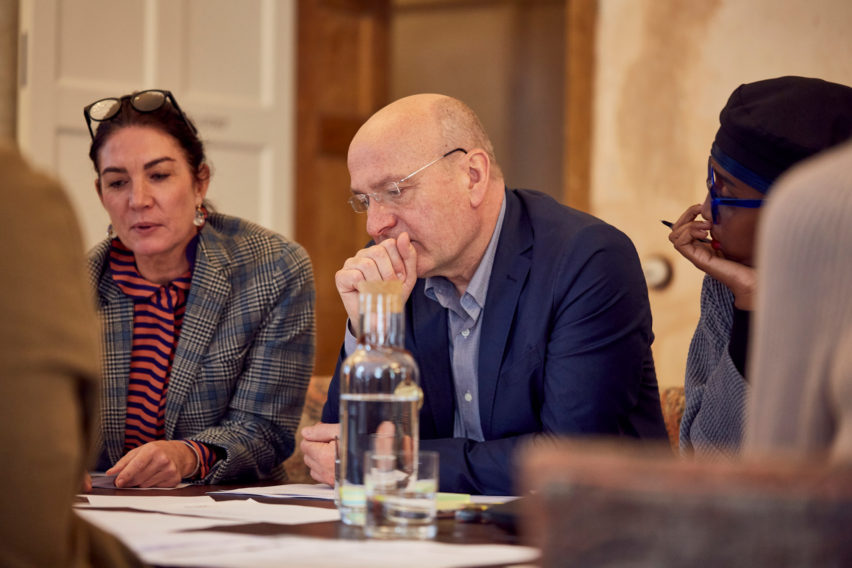
The design master jury's comments echo those of the architecture jury, who noted how this year's entries reflected a growing interest in buildings that serve communities and protect the environment.
"Architecture has the capacity to give something back to communities and add value to cities and individuals," said architecture master jury chair Michel Rojkind.
Dezeen Awards winners will be unveiled on 27 November at a dazzling ceremony hosted by British comedian Sir Lenny Henry. Each winner will receive a hand-made trophy designed by Atelier NL.
In its first year Dezeen Awards received 3,689 entries from 91 countries, making it one of the biggest and most international architecture and design awards programmes in the world.
A panel of 75 judges assessed every entry online, whittling them down to a shortlist of five entries per category, with winners emerging based on a scoring system. Three master juries – one each for architecture, interiors and design – then ratified and selected all 33 winners.

